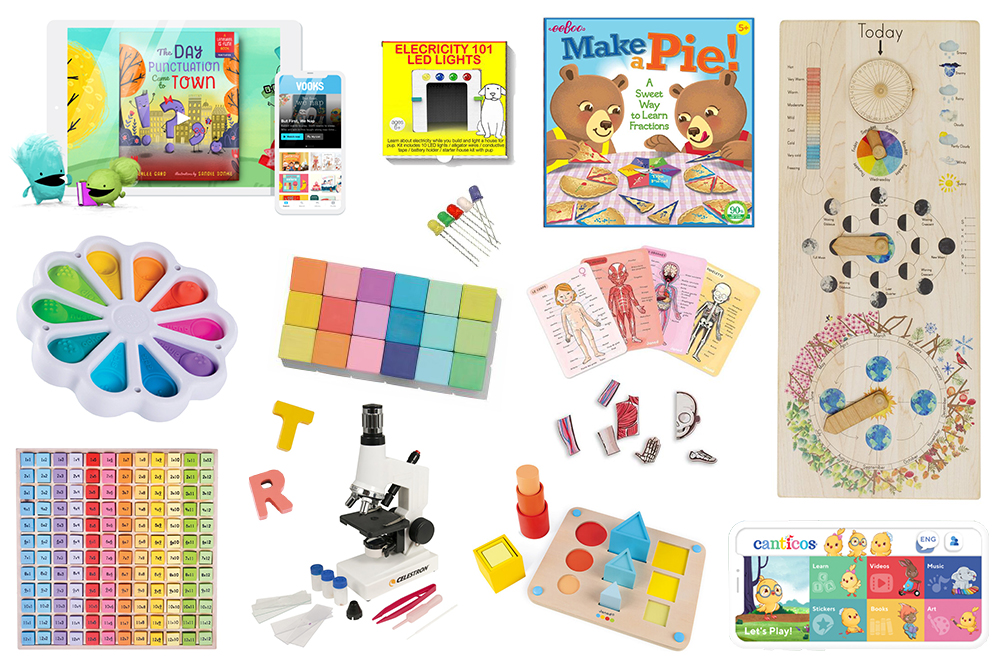In recent years, homeschooling has emerged as a popular alternative to traditional classroom education. The flexibility it offers, coupled with the ability to tailor education to individual needs, has led many parents to explore this educational avenue. In this article, well delve into the realm of homeschooling, specifically focusing on the role of educational toys in enhancing the learning experience.
I. Introduction
A. Definition of Homeschooling
Homeschooling refers to the practice of educating children at home rather than in a traditional school setting. Parents or tutors take on the role of educators, providing a personalized and flexible learning environment.
B. Rise in Homeschooling Trends
In recent years, there has been a noticeable increase in the number of families choosing homeschooling over conventional schooling. Various factors, including dissatisfaction with the public education system and the desire for a more tailored approach to education, contribute to this rising trend.
C. Importance of Educational Toys in Homeschooling
One key element that has gained prominence in homeschooling practices is the use of educational toys. These tools go beyond traditional textbooks, offering a hands-on and engaging approach to learning.
II. Benefits of Homeschooling
A. Individualized Learning
One of the primary advantages of homeschooling is the ability to tailor the curriculum to the specific needs and interests of each child. Educational toys further enhance this individualized learning experience, catering to diverse learning styles.
B. Flexible Schedule
Homeschooling provides the flexibility to create a schedule that suits the familys lifestyle. Educational toys fit seamlessly into this flexible structure, allowing for learning to happen organically at any time of the day.
C. Personalized Attention
Smaller class sizes inherent in homeschooling enable educators (parents) to provide personalized attention to each child. Educational toys, designed for interactive learning, amplify this personalized approach.
III. The Role of Educational Toys
A. Definition and Types of Educational Toys
Educational toys encompass a wide range of items designed to stimulate learning through play. From building blocks to interactive tablets, these toys cover various subjects and skills.
B. Incorporating Educational Toys in Homeschooling
Integrating educational toys into the homeschooling curriculum involves thoughtful planning. These toys serve as valuable tools for illustrating abstract concepts, making learning more tangible for children.
C. Impact on Child Development
Educational toys play a crucial role in fostering holistic child development. They contribute to cognitive, social, and emotional growth, providing a well-rounded educational experience.
IV. Best Educational Toys for Homeschooling
A. Age-Appropriate Toys
Selecting toys suitable for a childs age is crucial. Tailoring the educational toys to the developmental stage ensures optimal engagement and learning outcomes.
B. Subject-Specific Toys
Educational toys come in various subject areas, from science kits to language games. Choosing toys that align with the homeschooling curriculum enhances subject-specific learning.
C. Interactive Learning Tools
The integration of interactive learning tools, such as augmented reality apps and educational software, adds a dynamic dimension to homeschooling. These tools create immersive educational experiences for children.
V. Overcoming Challenges in Homeschooling
A. Socialization Concerns
Critics of homeschooling often raise concerns about limited socialization opportunities. However, with intentional efforts to engage in community activities and extracurriculars, homeschoolers can develop strong social skills.
B. Structuring the Learning Environment
Establishing a conducive learning environment at home is essential for successful homeschooling. Clear boundaries and designated learning spaces contribute to a focused and productive learning atmosphere.
C. Balancing Screen Time
Incorporating educational toys that limit screen time ensures a balanced approach to learning. Its crucial to strike a harmonious balance between digital and hands-on learning experiences.
VI. Creating a Homeschooling Curriculum
A. Tailoring to the Childs Needs
Designing a homeschooling curriculum involves assessing the childs strengths, weaknesses, and interests. Educational toys can be strategically chosen to address specific learning objectives.
B. Integrating Educational Toys into Lessons
Rather than being standalone activities, educational toys should seamlessly integrate into lessons. This integration enhances the relevance of the toys, connecting them to broader educational goals.
C. Assessing Progress and Adjusting
Regular assessment and adjustment of the homeschooling curriculum ensure ongoing effectiveness. Educational toys facilitate this process by providing tangible markers of a childs progress.
VII. Practical Tips for Homeschooling Parents
A. Patience and Adaptability
Homeschooling requires patience and adaptability. Parents should be prepared to adjust their approach based on their childs evolving needs and learning style.
B. Seeking Community Support
Building a support network of fellow homeschooling parents fosters a sense of community. Sharing experiences, resources, and tips enhances the overall homeschooling journey.
